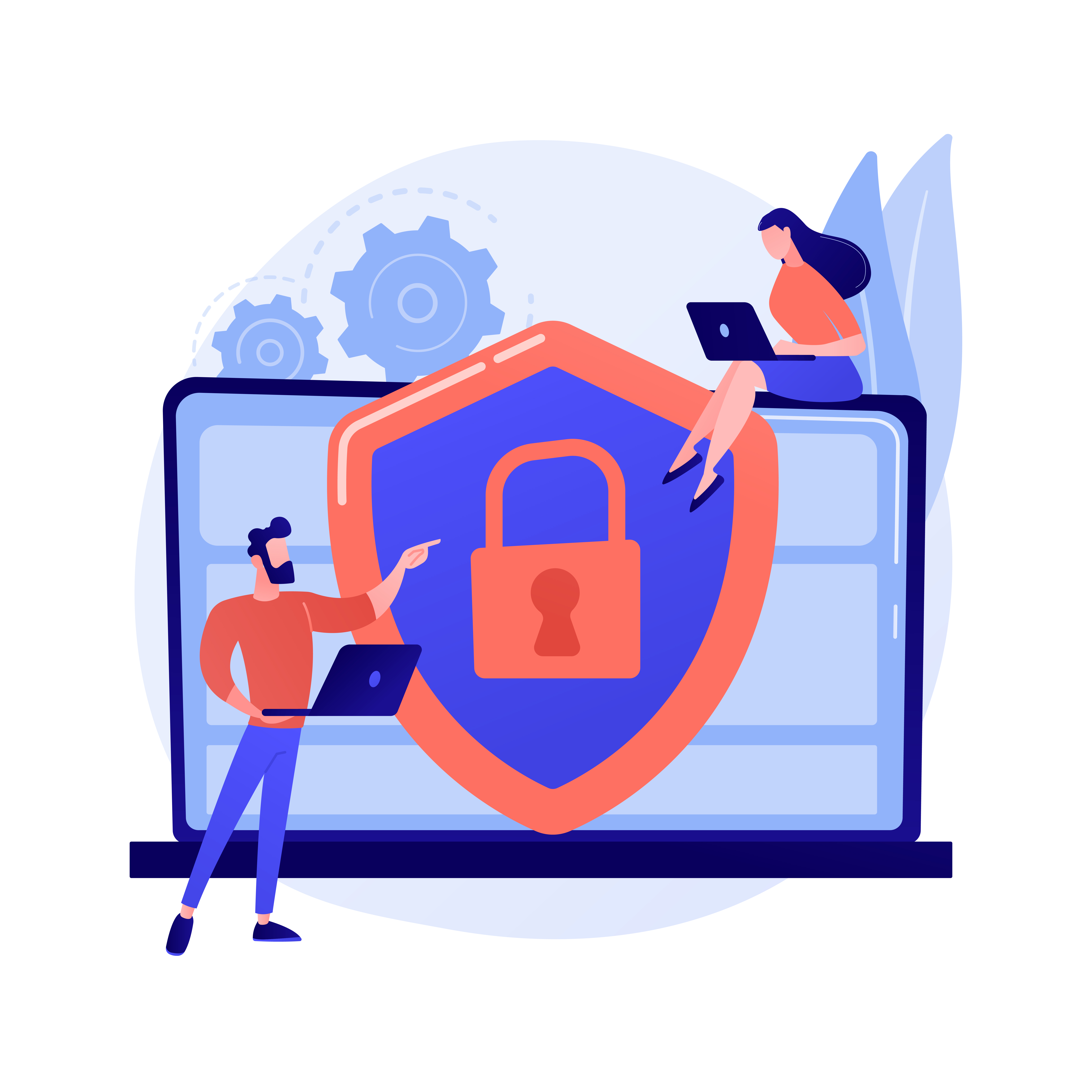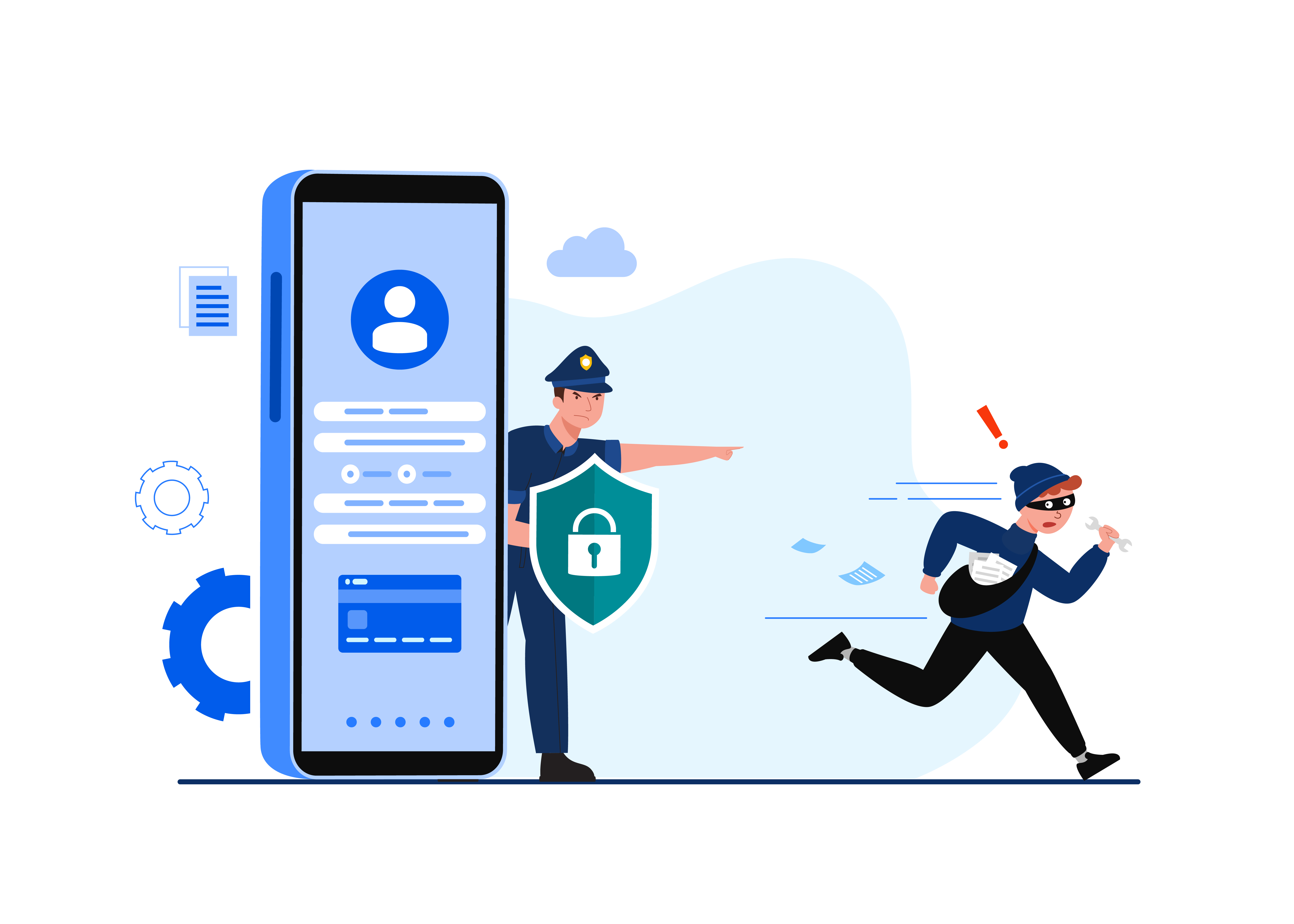ACCESS CONTROL
In today's interconnected world, security and access management are paramount, whether for residential complexes, commercial buildings, or industrial facilities. A comprehensive approach is crucial, integrating various technologies to create a robust and layered security infrastructure. This suite of services addresses these needs by providing integrated solutions for physical entry control, enhanced communication, and secure identity management.



